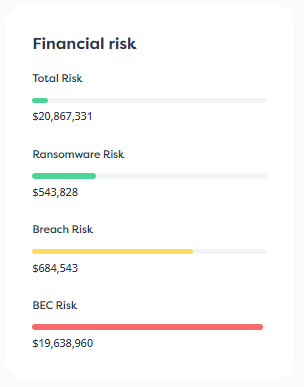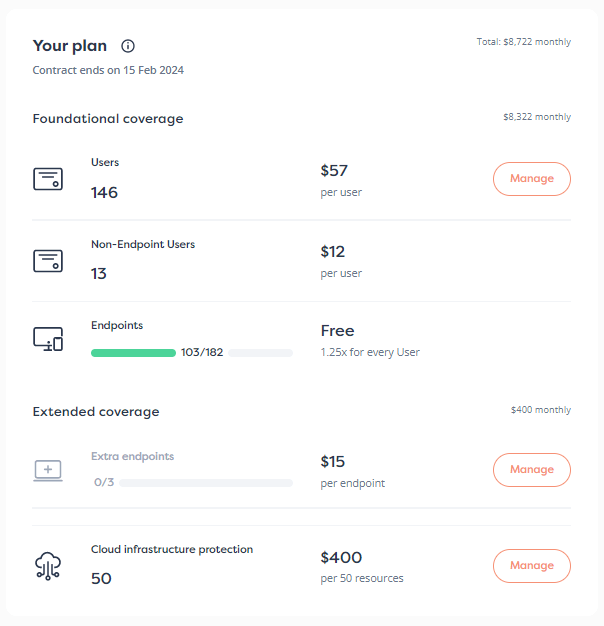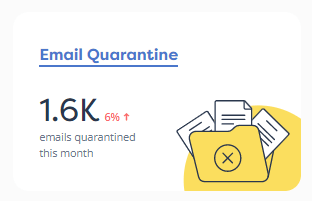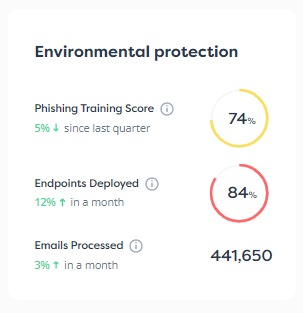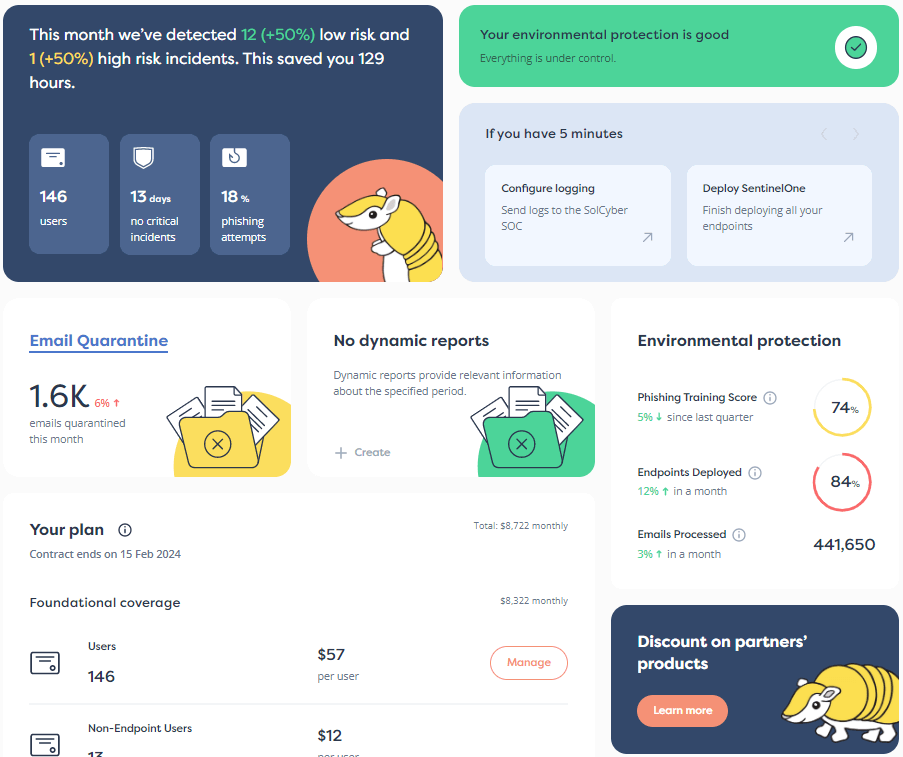

For too long, mobile risk has been seen as an afterthought in organizational security frameworks, despite being a major risk factor. Attacks can easily begin via a mobile vector, with threat actors exploiting vulnerabilities in devices or through social engineering tactics.
Without taking those issues into account, security leaders don’t consider effective solutions when developing their security strategies. They opt for low-hanging fruit or highly marketed solutions. They might also believe that traditional Mobile Device Management (MDM) is enough to mitigate mobile risk. Unfortunately, this means they’re relying on a solution designed primarily for device administration rather than device security. Major limitations exist with this approach because they aren’t sufficient to protect against modern mobile threats.
Traditional MDM solutions focus on configuration management, app distribution, and basic policy enforcement, but they lack sophisticated threat detection capabilities and other fundamental security capabilities.
Here’s why leaders should consider looking elsewhere for mobile security solutions.
MDM solutions require mobile devices to install an invasive monitoring app that removes control from the user and can even give the company device access. This aggressive solution aims to limit behavior, often restricting what applications can be installed, monitoring usage patterns, and enforcing company device policies.
Such a philosophy is doomed from the start, as it fundamentally conflicts with users’ expectations of privacy and autonomy when using their own devices.
With such solutions, user friction is high, and implementation is low. All of which results in poor effectiveness across the organization. Even if MDM were foolproof, it wouldn’t be worth much if it’s not adopted by the end user.
Employees frequently resist enrolling their personal devices in MDM programs. Or worse, they find workarounds to bypass restrictions, thus defeating the purpose of MDM. Such a situation creates security blind spots. The theoretical protection offered by MDM solutions thus fails to materialize in practice when faced with user resistance. This can lead to further issues outside of the MDM solution, where employees are reluctant to bring up potential issues or even an active compromise attempt for fear that their devices will be wiped or otherwise impacted. The bottom line, MDM simply isn’t proactive enough.
In its most effective state, MDM tries to isolate, contain, and prevent a malicious file or application from executing on a device. This approach only works if users are adopting the MDM solutions, but it still doesn’t address the root issue: that the controls are primarily reactive rather than proactive.
In the worst case, MDM solutions are just an alert system that notifies security teams after suspicious activity has been detected, by which time sensitive data or devices may have already been compromised.
The fundamental limitation is that MDM only works when a device is breached via malware, phishing campaigns, zero-day vulnerabilities, malicious network connections, or any of the countless other attack vectors that mobile devices are susceptible to.
Theoretically, this should be a good thing, given that the number of mobile threats is growing at an incredibly rapid pace. For example, one company reports that threats against Android devices have tripled in the last four years. But organizations need better protection that addresses threats before they materialize. Without proactive security features, organizations remain vulnerable to sophisticated mobile attacks, especially as no MDM is equipped to deal with all of the threats that are out there, much less the novel threats that will inevitably emerge.
Even if an MDM solution does prevent damage or compromise in a specific instance, that doesn’t mean it will prevent the same thing from happening again. MDM solutions typically address symptoms rather than the underlying security weaknesses. For example, an MDM solution might quarantine malicious files or block compromised applications, but it rarely identifies or remediates the fundamental vulnerabilities that allowed the attack to succeed in the first place.
Malware, trojans, and code-based compromises often occur due to an app, device, or system vulnerability that MDM solutions fail to detect or address. The same is true with network attacks such as WiFi or direct communication interception, which occurred when a rash of US telecoms were hacked and messages were intercepted.
In these cases, which are becoming more and more frequent, hackers can compromise a device again (and thus an organization) using the same or similar techniques that succeeded previously. An attacker who discovers a vulnerability in a single device, such as a susceptible WhatsApp version, or any of the other many mobile vulnerabilities, can exploit this repeatedly.
Making matters worse, a flaw in one device is likely to be replicated across all devices in that same fleet because the company may have an inflated sense of security since it put an MDM solution in place.
The risk of a recurring attack or compromise is even higher with non-code-based vulnerabilities, such as social engineering tactics that manipulate users into divulging credentials or granting excessive permissions. All of these factors reveal that MDM, even in its most effective state, doesn’t address the full scope of mobile device vulnerabilities.
Infosecurity Magazine reports that a staggering 95% of all data breaches in 2024 were tied to human error.
All devices are subject to attacks that prey on human error, such as phishing attempts, social engineering tactics, or account compromise via stolen credentials. However, the threat is more dangerous for mobile devices because we carry them around everywhere we go. Mobile devices ensure we’re always connected, giving threat actors a larger window of opportunity to carry out their attacks.
Attackers can always rely on accidental negligence or urgency when targeting mobile devices, primarily because people are distracted if they’re outside the workplace. Someone might be shopping for groceries or taking care of a screaming child when a business MFA notification comes in. The user might inadvertently accept the notification or even purposefully authorize it if the notifications are excessive.
This style of attack preys on “MFA fatigue,” which occurs when users receive so many alerts on their mobile phones that they stop paying attention to the precise details of each one or they simply accept the alert to stop it, never thinking that it could be a route to an account compromise. Uber’s famous 2022 hack was the result of MFA fatigue, where a contractor received an excessive number of MFA prompts, which eventually led to accepting it, letting the hackers into Uber’s systems.
These attack vectors bypass technical controls by manipulating the user rather than exploiting software vulnerabilities. MDM can’t protect against that because the user takes the compromising action willingly. When an employee voluntarily enters credentials into a fake website or grants excessive permissions to a malicious application, MDM controls are rendered ineffective.
It’s harder to detect an issue if an account is compromised because MDMs don’t detect anomalous behavior from legitimate accounts. Once attackers gain access through valid credentials, they can operate within the permissions already granted to that user.
Unlike EDR and MDR solutions, MDM solutions lack the behavioral analysis capabilities necessary to identify when authenticated users are acting in unusual ways. This means there’s a huge chunk of risk that’s unaddressed by MDM solutions, leaving organizations vulnerable to the most common and effective attack methods— the ones exploiting human error.
MDM, at best, works as a last-mile solution helping prevent damage during an active compromise, such as remotely wiping devices. This capability is not something to dismiss, but it can’t be the only thing organizations rely on for comprehensive mobile security. The reactive nature of MDM leaves significant security gaps that threat actors can easily exploit.
Organizations need to supplement their MDM solution, especially as mobile risk easily spreads beyond a single device to an entire organization.
Mobile EDR solutions work to provide proactive protection by continuously monitoring device behavior and detecting threats before they cause significant damage. These solutions aren’t just effective against code-based compromise, but can identify a broad spectrum of threats.
One of the most important features of mobile EDR is that it can detect anomalous behavior on devices that might indicate malicious activity. For example, mobile EDR might flag an increase in uploads from “legitimate” accounts, suggesting an active data exfiltration. It might also detect unusual API calls, unexpected network connections to unknown servers, or suspicious permission requests from applications. These behavioral indicators often reveal attacks in progress before data loss occurs.
The landscape has changed markedly since MDM was first introduced. Mobile devices were not as widely used, especially within corporate networks. Security leaders need to consider more modern solutions to ensure they’re comprehensively protected against the threats they face today.
To learn more about Mobile EDR for your business, check out SolCyber’s mobile protection services.


By subscribing you agree to our Privacy Policy and provide consent to receive updates from our company.


